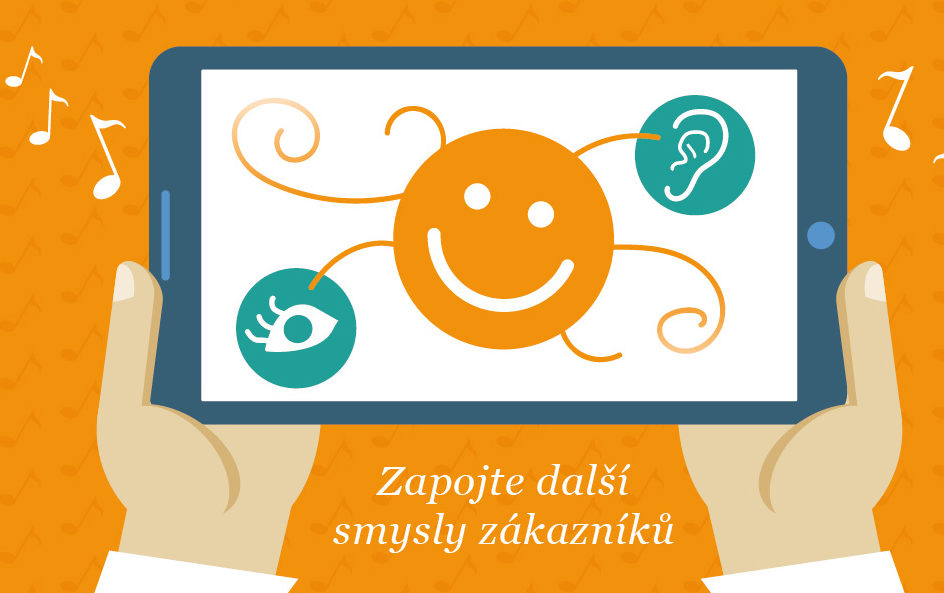DAGO displays received two nominations for the SHOP! France Awards 2023
In this year's prestigious SHOP! France Awards (previously POPAI Awards Paris) we have two champions. There were nominated the Sensodyne Nourish shop-in-shop in the Health and Pharmaceuticals Category (cardboard POS) and the Christmas pallet display of Pilsner Urquell...
Radegast attracts by bitterness as well as light and sound effects. The new activation will hit the human senses
Already since January customers can see Radegast beer's new activations produced by Dago in cooperation with Plzeňský Prazdroj. For the production of a set of POS materials, several innovative elements were used so that the beer brand originating from Nošovice...
Marvel heroes call for competition in Coca-Cola’s in-store campaign
The collaboration between two iconic brands like Coca-Cola and Marvel calls for something special.
Christmas Summary: How did Dago cope with Christmas POSs?
Before Christmas, traders always have to work hard to replenish the displayed goods. The shopping spree attracts consumers to visit permanent stores where they buy gifts for their loved ones. But how to stand out in crowded sales areas and reach the largest possible...
Celebrate Christmas with a unique Pilsner Urquell activation
Festive dress, potato salad, fried carp and something good to drink. This is what a classic Christmas Eve dinner looks like in many Czech households. Premium beer is an essential part of Christmas, just like Christmas sweets. This is also why the Pilsner Urquell brand...
You can’t miss the iconic Pringles chips on the new shelves
Pringles chips are known not only for their perfect hyperbolic paraboloid shape, but also for their irresistible taste.
Dago carried off two gold prizes from the POPAI Awards
On Thursday, November 24th, the festive announcement of the results of the POPAI Awards took place, just like every year.
Semtex’s shop-in-shop promotes the new Kofola campaign and impresses with its virtual reality
The energy drink brand Semtex comes together with the communication agency Dago with new shop-in-shops customers can see in selected Albert hypermarkets.
A new winter edition that will give you wings: Red Bull with apple and fig flavours
Red Bull is back with a new seasonal edition of its energy drinks.
Autumn in Albert stores: Pilsner Urquell once again bets on the history and tradition
The producer of the popular Czech beer – Plzeňský Prazdroj - has joined forces with the communication agency Dago. Their joint work resulted in displays in the form of the Jubilee Pilsen Gate and customers could see them in the sales areas of Albert supermarkets and...
Sensory shopping or how to catch into the net

When shopping, we perceive the environment and offered products using several senses. It is therefore advantageous to influence customers through more senses, but among other senses the eyesight, which is decisive when choosing goods, plays the main role. Eyesight controls approximately 80 % of purchasing decisions.
Multisensory marketing that includes senses of hearing, smell, taste and touch is gradually more and more developing. These are very powerful associated stimuli that strengthen the effect of visual perception many times. The reason is that they bring the desired emotional interest much faster. The TNS research from 2007 found out that confectionery purchase is influenced mostly by the atmosphere that arouses the appetite for sweets. In other words, if a seller wants to stimulate sales of confectionery, he should primarily focus his attention on arousing the appetite for sweets. It does not mean directly tasting – actually, the act of tasting may decrease the appetite for sweets satisfying the appetite and thus the desire for the impulse purchase may be smaller. Using a strong visual perception is effective, for example chocolate bar after the first bite or chocolate just being mixed. It is a stimulation that may evoke “the Pavlov reflex”, a customer will literally “start to slobber” in such created atmosphere and then buy products without even thinking about it before.
The effect of the visual perception may be even increased many times using a suitable chosen aroma, which does not even have to be the chocolate fragrance – as in the case of tasting, it has a tendency to “satisfy” customers without buying anything. Nowadays there exist sophisticated techniques that can identify relevant aromas or sounds for concrete product categories being used to stimulate appetite or interest in concrete goods or services. As an example, we can mention the well-known principle of spreading the coffee fragrance in tobacco-stores – as this aroma stimulates appetite for tobacco products – or spreading the fresh bread fragrance in food stores used as a stimulus evoking hunger – and hungry person buys more than someone who is full.
The last mentioned sense that can be stimulated at points-of-sales is the sense of touch. An example of using tactile perception within the communication at points-of-sales is the Milka sales display using a plush cow head luring to caress it. That is how customers get near displayed products and the pleasant tactile feeling motivates them more to put chocolates into their shopping carts.
Multisensory marketing works mainly subliminally, and so various biometric methods are used to choose suitable aromas or sounds. In principle, these methods measure what happens based on visual, acoustic, tactile and olfactory stimuli in such parts of the brain which seller needs to be activated at the right moment (neuromarketing). But don´t think that producers and sellers make robots from you this way. Stimulation of multiple senses loses its effect when a customer is not satisfied with purchased products. In this case, there is not repeated purchase, which is crucial for the fast moving consumer goods.
Daniel Jesenský, DAGO, s.r.o.
daniel.jesensky@dago.cz

 SK
SK


